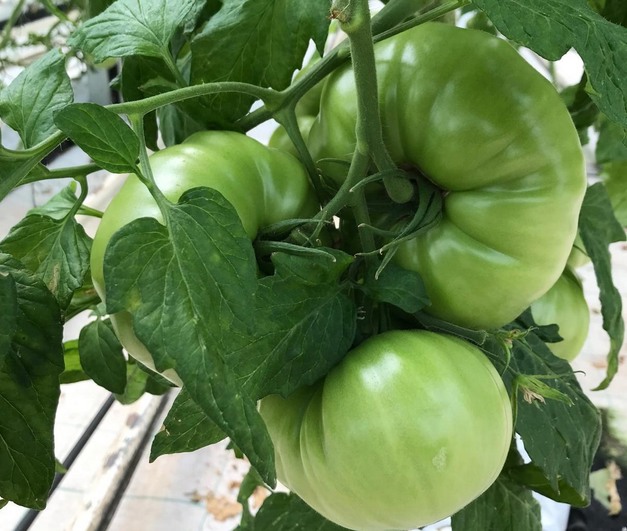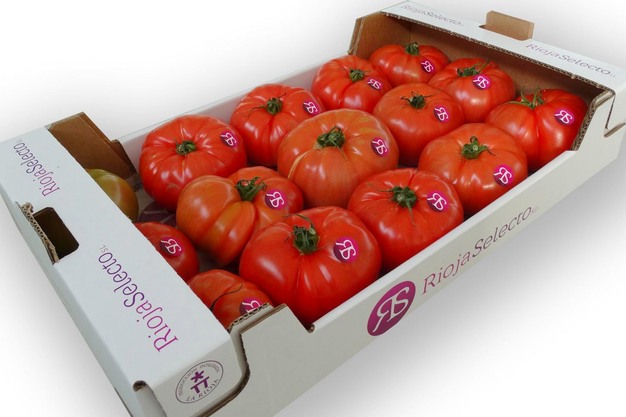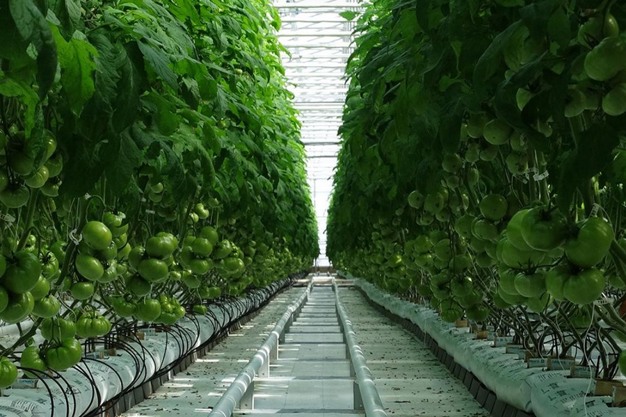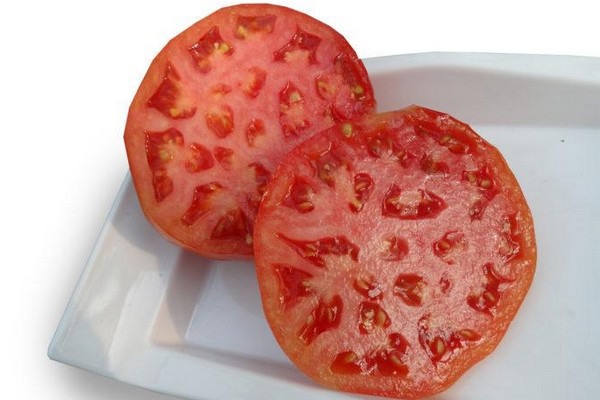In the Spanish municipality of Zarratón, located more than 500 meters above sea level, the company Riojaselecto, managed by brothers Álvaro and Marcos Pérez, has some state-of-the-art greenhouses devoted to the production of two annual cycles of tomatoes.

"Our family has always been involved in agriculture in the region, and my brother and I, both agricultural engineers, decided to study the possibility of growing other crops in greenhouses, and we found that we could grow a very high quality tomato here in La Rioja," says Marcos.

"We started producing in 2014, using greenhouses with polycarbonate walls and double plastic covers between which turbines inject air to create an insulating chamber. We grow from early March to early July, and a second cycle from September 1 to December 1. In this area, night temperatures drop to -5 and -6 degrees Celsius, and to cope with that, we have a biomass heating system," he says. "We use all kinds of things as raw material, from almond shells to olive pits, as well as other vegetable by-products. This allows us to have production in the fall and spring months and to harvest during up to 7 months of the year."

"From the beginning we have been producing Jack tomato, a variety grown in the north of Spain, typical of Navarre, La Rioja and the Basque Country, which withstands the cold very well and stands out for its aroma and fleshy texture," says Marcos. "Commercially, the variety has the disadvantage of having a shelf life of 10–12 days, but its flavour makes up for that."
"In the end, each grower focuses on the varieties that their clients need. There are clients who focus on exports with long-life varieties, but we at Riojaselecto aim to grow a quality, tasty tomato, even if it is more difficult to produce. In these ten years, in fact, we have gained a foothold with our tomatoes across the north of the country, where we sell our production."

Tomato cultivation is far from common in La Rioja, especially during Riojaselecto's growing season, during which "we face almost no competition from other greenhouses," says Marcos, "because the crop here is more often grown in summer, in the open ground or in unheated greenhouses."
"The cultivation we do is highly technical, in hydroponics with climate and irrigation control, and it requires a great deal of knowledge and technology compared to open ground cultivation. That is why not many people here in La Rioja have considered greenhouse production. A big investment is required, but if you know how to do things well, the added value of the tomatoes you get is also great."


For more information:
Riojaselecto
Road from Ollauri to Alesanco
Tel.: 676 581 196 / 620 273 784
LR-312 Km. 5
26291 Zarratón, La Rioja, Spain
[email protected]
www.riojaselecto.com
